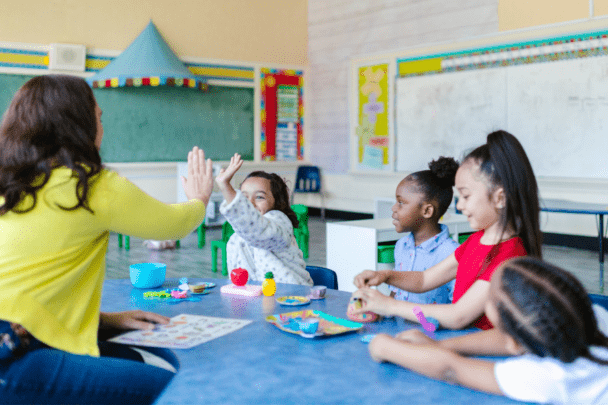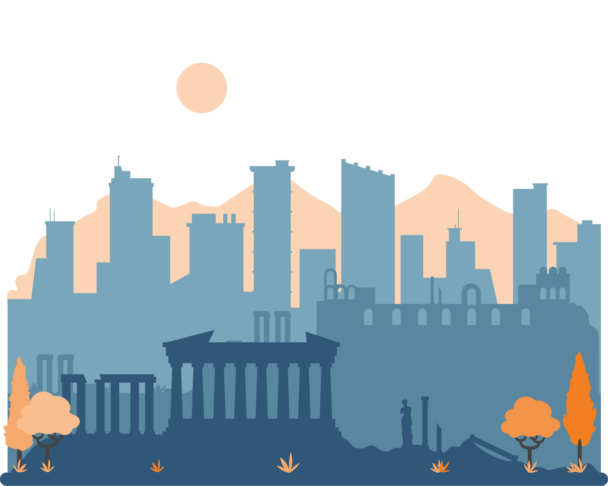Description
Rapidly changing life conditions and the polarization of society are raising the complexity of today’s life, from childhood to adulthood, and bringing more chaos and conflict to it. Students also suffer from increased complexity and conflictual situations and bring their suffering to school.
As teachers, if we want to be able to manage the classroom and help our students, we need to master effective methods to give voice to the different needs present within each of us, as well as within the classroom, to moderate their contrast, and finally go through them to resolve their conflict.
The course will propose the Lewis Method to Deep Democracy as an effective technique to moderate and resolve conflict, thereby helping students understand each other, have a respectful attitude, show empathy towards others, and build positive relations.
While conflict is often perceived as a negative process, the Lewis Method proposes to mine the wisdom that lies below it. The real issue is not about how to avoid conflict, but actually about how to manage it properly.
In order to do that, the method emphasizes the importance of recognizing the need to go into conflict before resolving it as a necessary step. Properly managing conflict requires creating appropriate safety rules.
The first rule of the Method acknowledges that everyone has their own unique lens on the world. Thus, everyone is right but no one has a monopoly on the truth! The second rule encourages participants to express all their frustration in the conflict, while the third encourages them to look for the “gift” of the conflict, that is, a minimal truth in what the other said that contains a possibility for personal and relational growth.
As a participant in the course, you will learn the Lewis Method to Deep Democracy to manage conflicts within the classroom, as well as all kinds of groups, building and strengthening the classroom culture, creating a peaceful learning environment where every individual is deeply heard and feels truly free to express his/her feelings on the basis of mutual respect.
Throughout the course, you will also take part in a series of practical activities that can be implemented in different parts of your lessons. For instance, there will be effective ice-breakers, team-building exercises, classroom management tools, and group-dynamic games.
By the end of this course, you will be more confident in intervening in conflicts and manipulating them to unleash the potential in the classrooms. Furthermore, you will be able to easily deal with the resistance to decision-making by ensuring non-violent communication.
What is included
Learning outcomes
The course will help the participants to:
- Realize tensions remaining unspoken and take precautions;
- Appreciate the wisdom of the minority, and embrace diversity;
- Understand the principles of Deep Democracy;
- Apply the different steps of the Deep Democracy method;
- Implement the practices of Deep Democracy in classrooms;
- Generate lessons enriched with Deep Democracy;
- Adapt Deep Democracy activities to their classes;
- Promote student voice and agency in classrooms;
- Manage and manipulate conflicts in classrooms or groups;
- Create a safe and peaceful classroom environment.
Tentative schedule
Day 1 – Introduction to the course
- Introduction to the course, the school, and the external week activities;
- Icebreaker activities and presentations of the participants’ schools;
- Explanation of The Lewis Methodology: The Role Theory/Resistance Line, Iceberg;
- Discussions, personal experiences, and sharing ideas on conflict management.
Day 2 – Classroom and Conflict Management
- Discussion on possible classroom management problems and critical approach to traditional classroom management methods;
- Examples from the participants’ classes;
- Deep Democracy for leading/managing groups;
- Discussions and reflections on the day.
Day 3 – Deep Democracy Practices and Applications: Check-in – check out and dynamic dialogue
- Definition and detailed explanation of the techniques;
- How to implement it in their classes;
- Discussions and reflections on the day.
Day 4 – Deep Democracy Practices and Application: 4-step and soft shoe shuffle
- Definition and detailed explanation of the techniques;
- How to implement it in their classes;
- Discussions and reflections on the day.
Day 5 – Deep Democracy Practice and Applications: Debate
- Definition and the detailed explanation of the technique;
- How to implement it in their classes;
- Discussions and reflections on the day.
Day 6 – Course closure & cultural activities
- Course evaluation: round-up of acquired competencies, feedback, and discussion;
- Awarding of the course Certificate of Attendance;
- Excursion and other external cultural activities.








